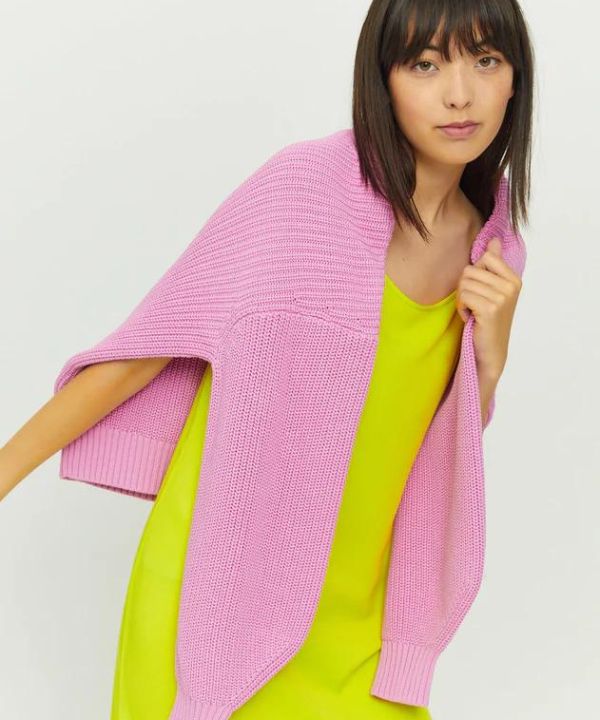We are living in the golden age of sports in nature and wellness trends. The Covid-19 pandemic did notably increase the consumption of sportswear and accessories, especially those bought online.

Why choose sustainable sportswear?
What is different about sustainable outdoor and sports clothing, and what makes an environment and health-conscious consumer prefer them?
The world is drowning in plastic

Washing synthetic clothes generates nearly half of all the primary microplastics. The term comprises tiny particles of plastic that are released while washing for example training pants, fleece jackets, or shell clothes.
Microplastics burden the seas in an untenable way. The plastic bunches up into animals and circulates in the ecosystem all the way back to humans. Microplastics have been found in tap water and honey, and even in the placentae and excrements of people.
The harmful effects of plastic are partly unexplored. Anyway, we know so far that the plastics migrating into living creatures contain for example flame retardants, hormone disruptors, stabilizers, and a myriad of possibly toxic chemicals.
Product tip: Up to 90% of all sportswear is made of various plastics. Iron Roots presents great options in the field of sustainable sports clothes. All of their products are completely free of microplastics. For example, they replaced polyester with hemp fibers and other natural materials, which are gentle for your skin too!
Eco-clothes are usually high-quality

The small ethical-ecological clothes producers are operating facially. The entrepreneurs have put their own money and their whole person in the game, and have a strong will and mission to reach a truly high-quality result of their work.
Besides ecological product development, the manufacturers usually offer a guarantee or repair service. The products are designed and made for long-term use.
The production conditions of sustainable clothing are humane and controlled, so there are fewer deviations in quality.
Product tip: Finnish Népra manufactures durable, stylish, and comfortable fitness clothes. Népra products are suitable for a variety of activities and feel great on. Népra's training tights are especially popular: Terra 2 and Saturnus in particular have proved very popular.
Responsible clothes made of recycled materials

A circular economy is a necessity of the future because it’s both unnecessary and simply unsustainable to produce goods and commodities of virgin materials. The amounts of waste on Earth and the leftovers of junk are huge, and by processing and refining the waste it is possible to produce high-quality recycled materials.
In the production of outdoor and sportswear is possible to utilize for example recycled polyester and nylon, like used plastic bottles, old fishing nets, carpets, and pantyhose.
Recycled materials lessen the amount of waste in the landfills and oceans. Recycled polyester and nylon are produced with much smaller resources than the new fibers, and their carbon print is thus smaller.
Exciting and innovative materials are already here

Sustainable fashion brands are developing more ecological alternatives for the traditional outdoor and sports clothing fabrics. The Swedish activewear-guru Houdini has for example perfected fleece fabrics with outstanding technical features, that release multiple times smaller amounts of microplastics when washed.
Houdini also has a clean and safe shell fabric Atmos – completely free of harmful fluorocarbons. The brand has managed to produce many 100% recyclable material innovations for the basis of their products.
For your safety and health
The fashion industry uses chemicals that can cause allergies, skin irritation, and even more severe symptoms and illnesses.
The chemical harms are caused by for example synthetic colors or color fixations, metallic parts, mold inhibitors, surface treatments, and phthalates of plastics.
Environment-friendly materials and especially a better established and more ecological production process reduce and eliminate the use of harmful substances in the clothing industry.
There are many controlled standards and certificates for ecology and safety in the fashion industry, for example, GOTS and Öko-tex – they make it easier for a consumer to make sustainable choices.








